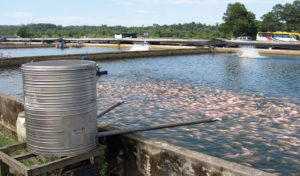
Food for thought: Feed management strategies, part 2
Production goals may call for specialized diets to meet market or other demands. An evaluation of feed management strategies can optimize culture conditions and maintain efficiency.
A laboratory study indicated gilthead sea bream can be grown on feeds in which fishmeal and fish oil levels are reduced from traditional values using soy products.

Production goals may call for specialized diets to meet market or other demands. An evaluation of feed management strategies can optimize culture conditions and maintain efficiency.
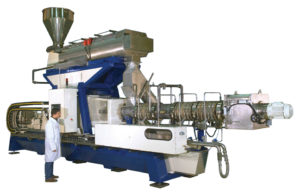
Although their aquafeed manufacturing process features are similar, twin-screw extruders offer more operational flexibility than single-screw extruders.
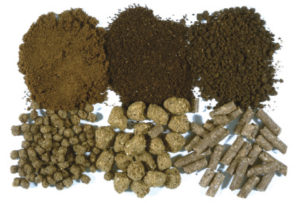
Based on thorough knowledge of the culture species, feed formulations must deliver protein and energy, and a balance of nutrients in a palatable form consumed with little waste.
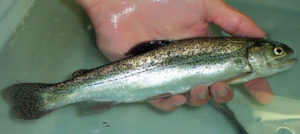
In a study, ground barley containing different levels of beta-glucan was substituted for wheat in experimental diets fed to rainbow trout.
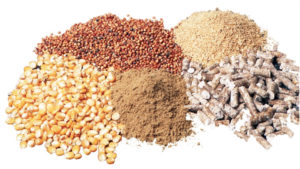
The large-scale shift of corn from animal feed to ethanol production is a potentially disruptive force in the feed ingredient world.
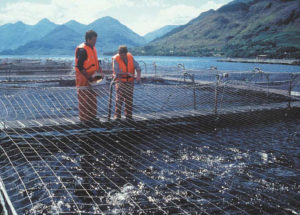
In a meta-analysis of 28 nutrition studies, the authors found limited possibilities for ingredient substitution for fishmeal in diets for salmon and trout.
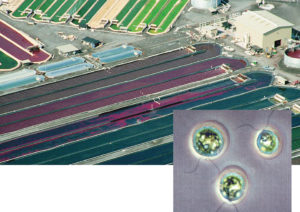
Dietary carotenoids maintain optimal pigmentation and health benefits in cultured aquatic animals. Researchers consider astaxanthin an essential nutrient.
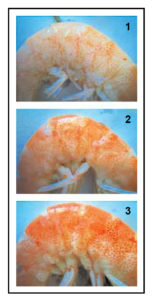
With vitamins, minerals, carotenoids and higher protein content than other species, Enteromorpha is a superior seaweed choice and a potential shrimp feed ingredient.
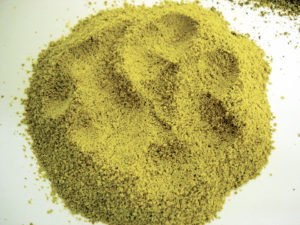
Aquafeed manufacturers can ensure quality by looking beyond price and with written ingredient specifications adhering to nutritional formulations.
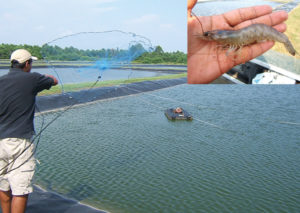
A commercial-scale shrimp feed trial demonstrated that soybean meal and corn gluten meal are effective protein alternatives to fishmeal in shrimp feeds.
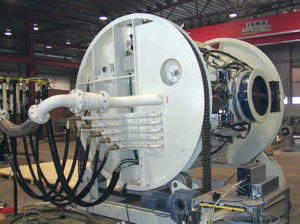
Evolving vacuum coaters can apply coatings to feed with up to 40 percent oil levels. It may soon be used to reduce inclusion levels of fat- and water-soluble vitamins in feeds.
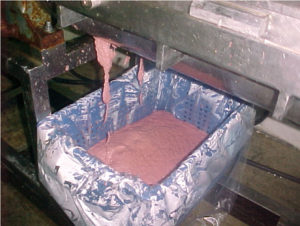
Hydrolyzed fish byproducts can serve as highly digestible feed ingredients with significant amounts of amino acids and fatty acids.
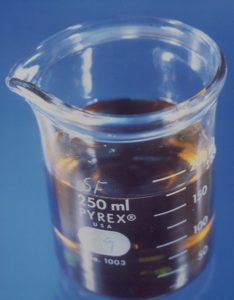
Antioxidants can be effective at controlling lipid oxidation in animal feeds and ingredients and should be added early in processing to limit free radicals.
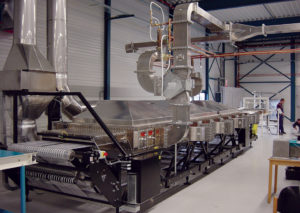
Quick heating can reduce degradation of flavor and nutrient content in aquafeeds. Microwave dryers dry a range of products uniformly.

Palm distillate could be an effective substitute for fish oils in catfish diets. It is is a rich source of vitamin E and natural antioxidants.